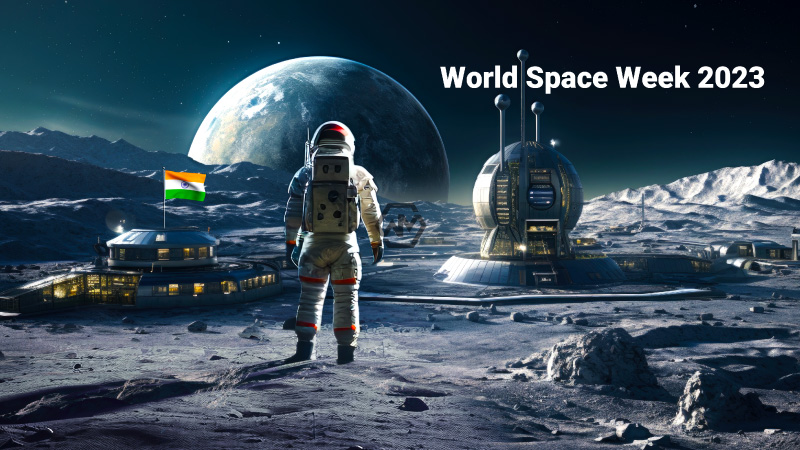- World Space Week aims to create the workforce of tomorrow by motivating students.
- The United Nations has acknowledged from the dawn of the Space Age the significance of space for humanity.
- On August 23, India made history in space by landing on the moon for the fourth time.
The largest annual space event on the planet, World Space Week, which runs from October 4 to 10, aims to create the workforce of tomorrow by motivating students, demonstrating public support for the space program, informing the public about space activities, and encouraging global collaboration in space outreach and education.
The World Space Week Association Board of Directors, in close collaboration with the UN Office of Outer Space Affairs, selected “Space and Entrepreneurship” as the subject for 2023.
World Space Week
The United Nations has acknowledged from the dawn of the Space Age the significance of space for humanity. In 1967, resolution 1348 (XIII) was passed by the UN General Assembly as the organization‘s first space-related resolution.
On October 10, 1967, the “Magna Carta of Space” came into effect. Since then, the United Nations Office for Outer Space Affairs (UNOOSA) has worked to encourage international cooperation in the development of peaceful uses for space.
On August 23, India made history in space by landing on the moon for the fourth time. On September 2, India launched its first mission to study the Sun from orbit.
Aryabhata, India’s first satellite, was launched by the country’s space agency on April 19, 1975. On July 18, 1980, RS-1 was successfully launched. The advanced indigenous remote-sensing satellites were first introduced by the IRS program, which was launched on March 17, 1988.
On November 5, 2013, the Mars mission was officially launched, and India assisted several other nations by launching their satellites.



